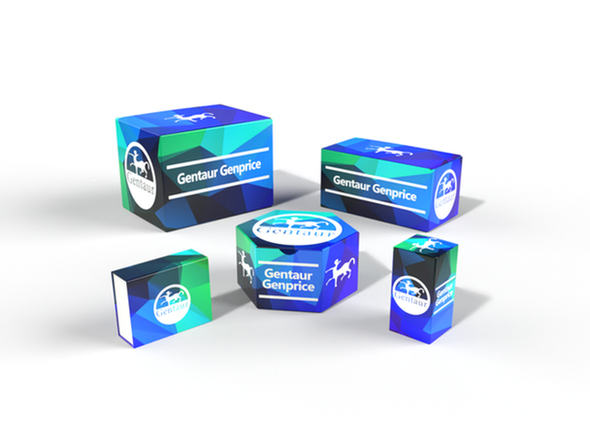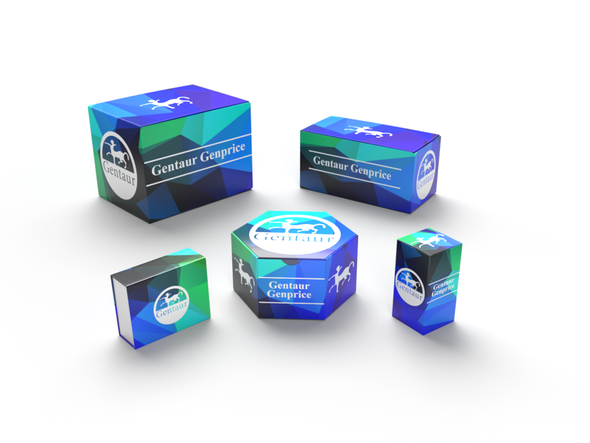740
Human RE1-silencing transcription factor (REST) ELISA Kit | AE22455HU
- SKU:
- 740-AE22455HU
- Availability:
- Usually ships in 5 working days
Description
Human RE1-silencing transcription factor (REST) ELISA Kit | AE22455HU | Gentaur UK, US & Europe Distribution
Species Reactivity: Human (Homo sapiens)
Abbreviation: REST
Alternative Name: NRSF; XBR; neuron restrictive silencer factor|repressor binding to the X2 box
Application: ELISA
Range: 31.25-2000 pg/mL
Sensitivity: 7.81 pg/mL
Intra-Assay: ≤5.4%
Inter-Assay: ≤9.7%
Recovery: 0, 98
Sample Type: Serum, Plasma, Other biological fluids
Detection Method: Sandwich
Analysis Method : Quantitive
Test Principale: This assay employs a two-site sandwich ELISA to quantitate REST in samples. An antibody specific for REST has been pre-coated onto a microplate. Standards and samples are pipetted into the wells and anyREST present is bound by the immobilized antibody. After removing any unbound substances, a biotin-conjugated antibody specific for REST is added to the wells. After washing, Streptavidin conjugated Horseradish Peroxidase (HRP) is added to the wells. Following a wash to remove any unbound avidin-enzyme reagent, a substrate solution is added to the wells and color develops in proportion to the amount of REST bound in the initial step. The color development is stopped and the intensity of the color is measured.
Product Overview: This gene encodes a transcriptional repressor which represses neuronal genes in non-neuronal tissues. It is a member of the Kruppel-type zinc finger transcription factor family. It represses transcription by binding a DNA sequence element called the neuron-restrictive silencer element. The protein is also found in undifferentiated neuronal progenitor cells, and it is thought that this repressor may act as a master negative regular of neurogenesis. Alternatively spliced transcript variants have been described; however, their full length nature has not been determined.
Stability: The stability of ELISA kit is determined by the loss rate of activity. The loss rate of this kit is less than 5% within the expiration date under appropriate storage condition. The loss rate was determined by accelerated thermal degradation test. Keep the kit at 37°C for 4 and 7 days, and compare O.D.values of the kit kept at 37°C with that of at recommended temperature. (referring from China Biological Products Standard, which was calculated by the Arrhenius equation. For ELISA kit, 4 days storage at 37°C can be considered as 6 months at 2 - 8°C, which means 7 days at 37°C equaling 12 months at 2 - 8°C) .










